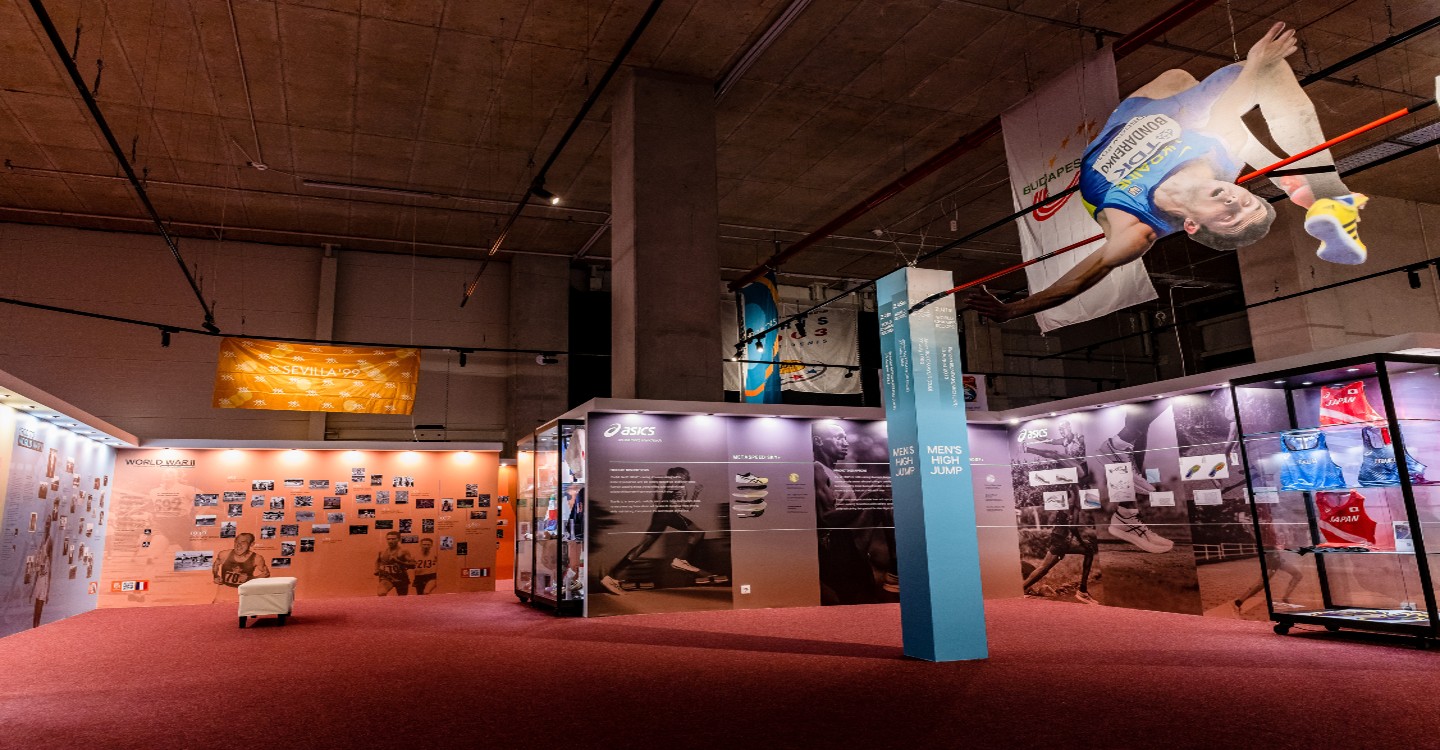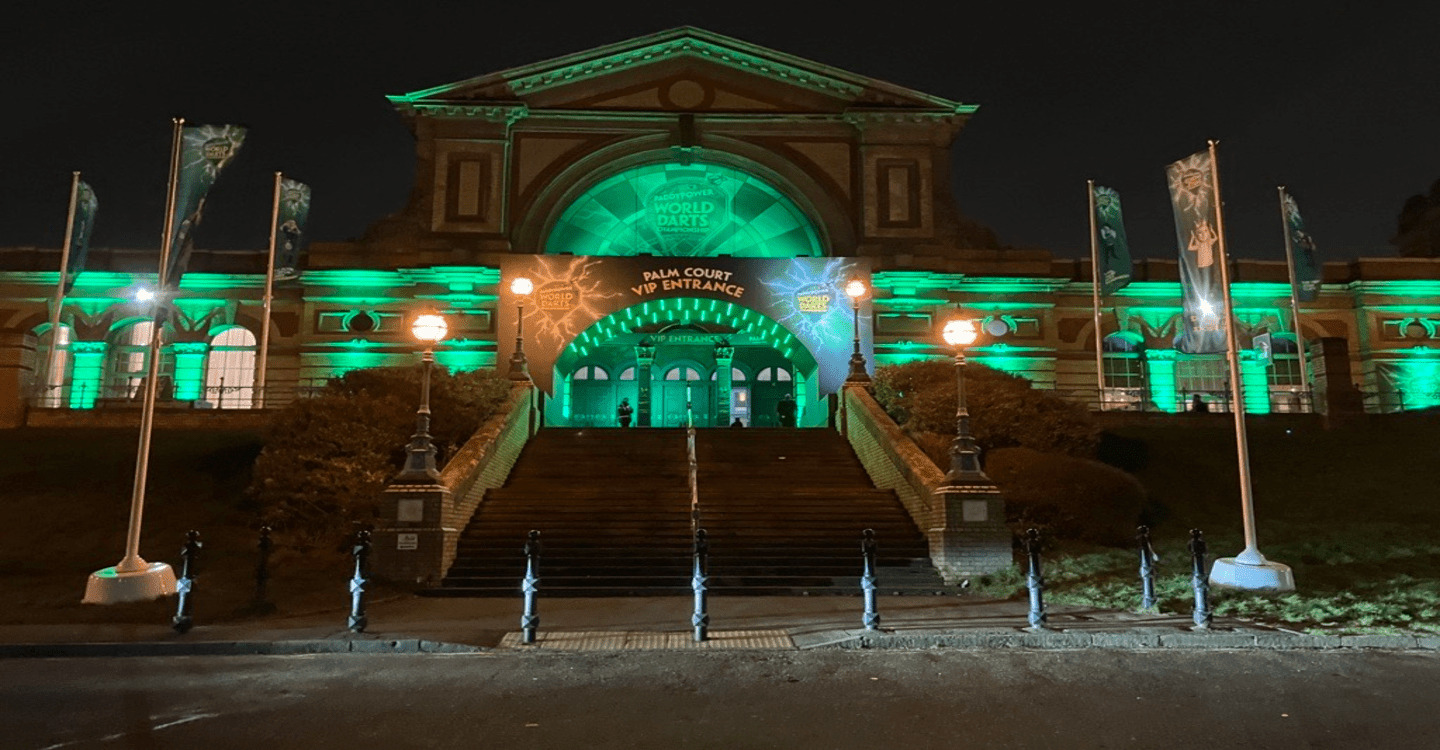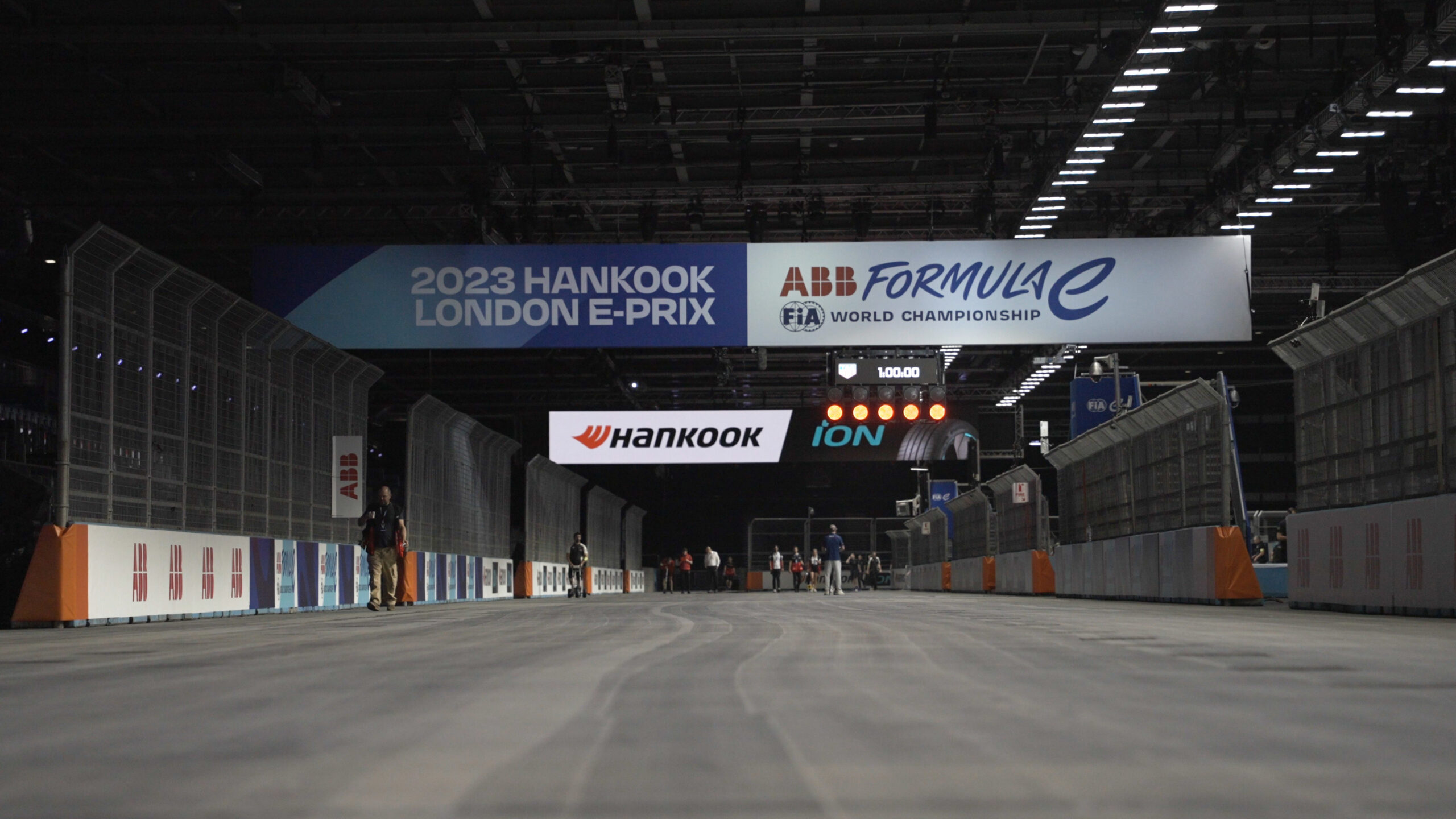Ahead of this year’s World Athletics Championships in Budapest from August 19-27, governing body World Athletics has unveiled the stunning Museum of World Athletics (MOWA) Heritage Athletics Exhibition in the Hungarian capital.
The exhibition celebrates the 40th anniversary of the World Athletics Championships, with the first edition having taken place in 1983 in Helsinki, Finland.
The MOWA Heritage Exhibition Budapest 2023 features competition clothing, shoes, equipment and trophies donated by some of the greatest athletes in the sport’s history. During their visit, fans will also be able see historic Hungarian athletic artefacts that have never been publicly displayed before.
In a bid to reach athletics fans worldwide, the exhibition is also available virtually.
“The purpose of the MOWA and its displays, physical and virtual, is to tell the story of international athletics and to celebrate its greatest athletes and coaches,” Chris Turner, director of the Heritage Department at World Athletics, tells Fan XP. “To do that successfully, the MOWA aims to put athletic performances and the superhuman feats of the athletes into context for fans.”
“Hungary is an established athletics nation with a long history of success, particularly in the throwing events, and it was one of the founding members of World Athletics in 1912,” Turner says.
“Yet despite our sport being relatively well known in Hungary, most of the visitors to the MOWA exhibition, which until the end of August is in Budapest’s newest shopping centre, will have had no previous connection with athletics – perhaps not even any sport.”
Reaching fans worldwide
Turner explains that a virtual museum was always part of the original concept for the World Athletics Heritage Department when it was first formed in January 2018. However, the onset of the COVID-19 pandemic in 2020 accelerated the project.
“In the first two years of the department’s life, we were busy establishing the heritage programme of activities and events to honour athletics’ history. That included beginning the formation of our collection and exhibiting those artefacts around the world,” Turner explains.
“Then in March 2020, the pandemic struck and, with the cancellation of all our public activities due to lockdown, we were faced with the obvious though nonetheless stark choice of going online or quickly ceasing to exist.
“After a brief tender and a rapid design process, we opened the museum building with its first two galleries a year later. While 3D museums are not unusual in the art world, in sports we remarkably were the first museum to open a fully virtual 3D platform.”
Now, online visitors can take a virtual stroll through five galleries and view hundreds of artefacts in 360-degree 3D, accompanied by supportive text in English, French and Spanish. Online guests can also view photographs and inspirational videos from the world of athletics
The travelling exhibition
Just a few short months after establishing the heritage programme, World Athletics opened a small public space in March 2018 in Birmingham, UK, during the World Athletics Indoor Championships.
Turner continues: “Perhaps more surprisingly, given the time scale, we opened our first large public exhibition in Ostrava in June 2018. That 250-square-metre exhibition was located in a shopping mall for three months in the lead into the Continental Cup, an international athletics team competition, held in the Czech Republic that September.”
Athletes and private collectors loaned and, in some cases, permanently donated items to the World Athletics’ collection to make the concept a reality.
Also around that time, in July 2018, the Heritage Department opened a small exhibition in Buenos Aires, Argentina, to celebrate the centenary of ConSudAtle, the regional athletics association covering South America.
See, hear, feel
Memorable experiences await visitors to the mammoth 600-square-metre space in Budapest this year. They are able to touch and feel the equipment used by athletes and can walk under the high jump bar set at the world record height. They can even test out their own capabilities against the world records of the long and triple jumpers, which are marked out on the exhibition floor.
Turner adds: “Rather unusually for a museum, the MOWA allows visitors to touch some of its major exhibits. For instance, Jan Zelezny’s javelin with which he set the current world record can be handled. Visitors can also stroll past stadium clocks, hurdle barriers and displays of relay batons within the exhibition.
“We encourage visitors to set their feet into Starting Blocks, so they imagine being a sprinter crouched before the gun, and to ring a Lap Bell which sounds the last 400 metres of middle- and long-distance races. That ringing, along with archive competition video and sound walls playing race commentary, gives visitors the sounds and feeling of actually being in a stadium.”
Image credit: World Athletics Heritage Department
This exclusive insight is part of “Fan XP” – a newsletter designed to keep you abreast of the latest innovations, strategies and more regarding fan experience across the globe. To sign up, please click here









